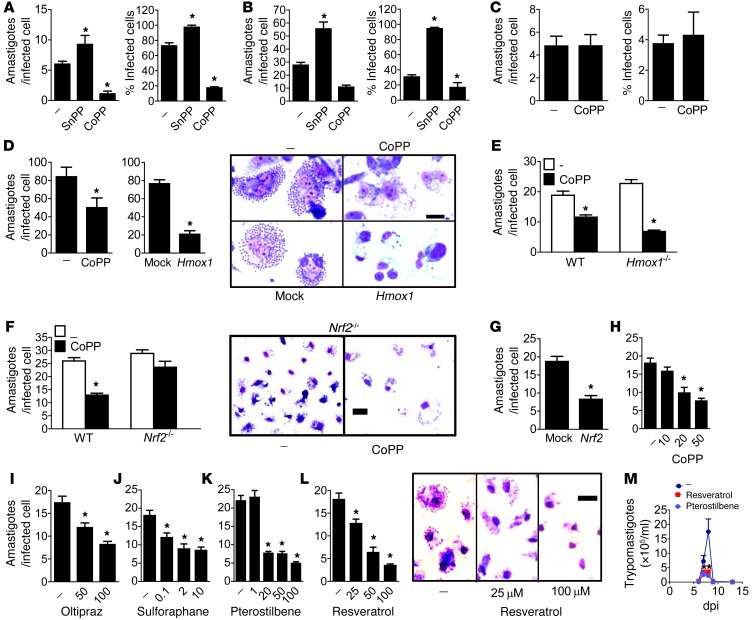Figure 3. CoPP reduces parasitism via macrophage physiology and NRF2 target genes.
(A) Effects of in vivo treatment with CoPP or SnPP on the mean parasite burden of peritoneal macrophages at 8 dpi (n = 3 mice/group). Peritoneal cells were cultured for an additional 48 hours before cells were fixed. (B) Effects of treatment with CoPP or SnPP on the mean parasite burden of thioglycollate-elicited macrophages infected in vitro. (C) Effects of treatment with CoPP on the mean parasite burden of L929 fibroblast cells. (D) Effects of prior transfection of THP-1 cells with HO-1 or empty vector on mean parasite burden. (E) Effects of treatment with CoPP on mean parasite burden of BMMs derived from wild-type and Hmox1–/– mice or (F) Nrf2–/– mice. (G) Effects of prior transfection of THP-1 cells with Nrf2 or empty vector on mean parasite burden. (H–L) Dose-dependent decreases in macrophage parasitism with the NRF2 activators. (M) Mean parasitemia during acute infection (n = 8) in mice treated with pterostilbene or resveratrol. Thioglycollate-elicited macrophages were infected with 3:1 trypomastigotes in vitro for 12 hours and treated with drugs for 48 hours. Each experiment was performed with 2 independent samples of cells, and results for 1 sample are shown. Cells were stained with Giemsa, and amastigotes were counted in each of 100 infected cells. The mean percentage of infected cells was calculated for each field, and 20 fields were assessed. All experiments were performed at least twice, with similar results. *P < 0.05 compared with infected nontreated controls. Error bars represent SEM. Scale bars: 20 μm.

